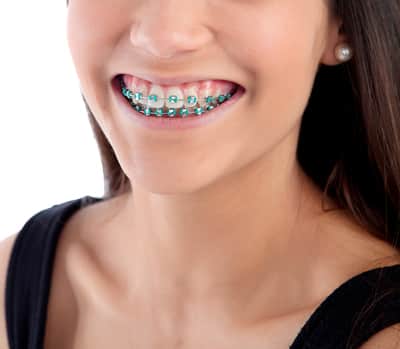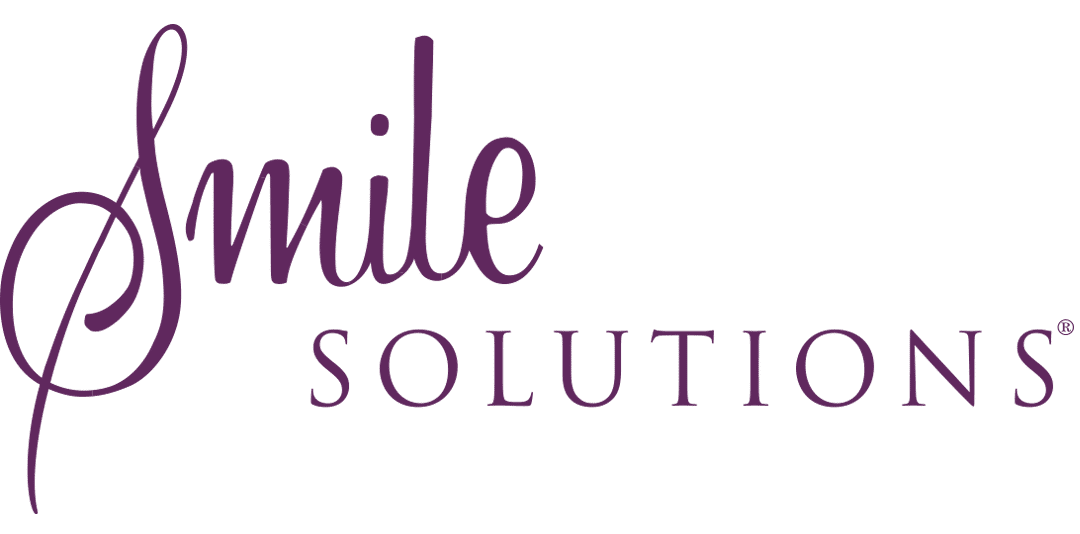Conventional braces: complaints and suggested remedies

The six most commonly reported complaints from patients with conventional braces are described here, along with our suggested remedies.
1. Discomfort with initial wires
Some discomfort is to be expected with conventional braces, as the initial wires are highly flexible and bring about the most alignment of the teeth. If a patient feels particularly uncomfortable, pain relief can be sought in the form of paracetamol. Ibuprofen and aspirin are not recommended as these have been shown to reduce the rate of orthodontic tooth movement.
2. Loose teeth
Even without orthodontic treatment, teeth have a natural amount of space within the socket and this allows a small amount of movement for the purpose of shock absorption during normal chewing activity. With conventional braces, teeth may feel more loose than normal. This is due to the teeth being moved along the wire and is completely normal. If the teeth appear excessively loose, the patient should let the orthodontist know, so that the appropriate examination and possible referral can be made.
3. Unable to eat hard foods
A patient with conventional braces is advised not to eat hard foods such as biscuits or nuts, as these may dislodge the braces, necessitating more appointments and a longer overall treatment time. Apples and carrots (and other hard fruits and vegetables) can be eaten but these must be cut into smaller pieces and chewed with the back teeth. Other foods that should not be eaten, because they may cause tooth decay, include lollies/sweets, chocolate, sugar, sports and soft drinks and foods with added sugar. Chewing gum must also be avoided as this may become stuck between the braces and can be hard to remove.
4. Ulceration
With conventional braces, ulceration can occur when a patient’s lips or cheeks become irritated by an edge of the bracket or the wire. This usually happens in the initial stages only, while the patient is adapting to new braces. Also, when spaces are being closed, wires can seem long at the back. This is a good sign! All patients are given wax, which can be placed directly over the braces or wire to prevent further ulceration. At every appointment, the ends of the wire are checked to ensure they are not poking into the patient’s cheeks. Simple at-home remedies for ulcers include rinsing with warm salty water or using an over-the-counter ointment such as Orabase. Ulcers generally will resolve in a week. If ulcers persist, please let the orthodontist know, so further investigation can be performed.
5. Gum inflammation
With conventional braces, everyday tooth brushing and flossing do become more difficult. If a patient’s teeth and gums are not properly cleaned, they will notice that the gums become puffier and may even appear to cover the braces.
Electric toothbrushes are great at cleaning around braces and wires, but a manual toothbrush, used with the correct technique, should achieve the same result. Cleaning between teeth is made easier with tools such as Superfloss and Pixsters, both of which are given to the patient on the day the conventional braces are placed. To keep teeth and gums healthy, it is also important that every patient see own general dentist for examinations and cleans throughout orthodontic treatment. At each appointment, the patient’s oral hygiene will be checked carefully.
6. Unaesthetic result
If a patient is interested in a more aesthetic, or less obvious, way to straighten their teeth, these options will be discussed at the initial examination. Alternatives to conventional metal labial (outside) braces include ceramic braces, which are tooth coloured; lingual (inside) braces; and Invisalign. The most suitable options for each individual patient will be determined in consultation with their orthodontist.
